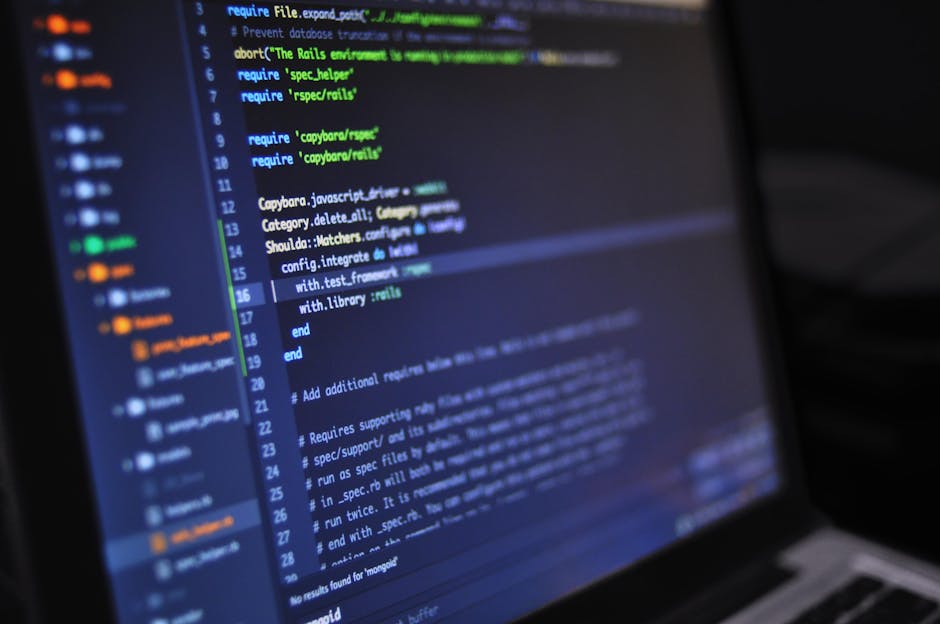Artificial Intelligence is revolutionizing the way we approach software development. In the insightful talk, "The New Code" by Sean Grove at OpenAI, the spotlight shifts from traditional programming to a future where communicating intent becomes the most valuable skill. As AI reshapes the landscape, understanding this paradigm shift is essential for developers, tech leaders, and organizations striving to stay ahead.
"The most valuable skill isn't writing code – it's communicating intent." — Sean Grove
In this article, we’ll break down the core insights from Sean Grove’s discussion, explore actionable strategies for adapting to this new coding paradigm, and reveal how professionals can future-proof their careers in the AI-driven world.
Why Communicating Intent Outranks Traditional Coding
The Evolution of Developer Roles
- Traditional coding has long been the centerpiece of software development.
- AI-powered tools now automate much of the syntax and logic, shifting the focus to clear communication of intent.
- Developers must become architects of ideas, guiding AI systems to build the desired outcome.
Key Drivers Behind the Shift
- AI models like OpenAI Codex can interpret natural language and generate complex code.
- Teams that articulate needs and constraints effectively dramatically increase productivity.
- The ability to express "what" should be built (not just "how") becomes a competitive advantage.
"Your value is not in typing code, but in shaping what the code should do." — Sean Grove
The Core Skills of Next-Gen Software Professionals
1. Mastering Intent Communication
- Break projects into clear specifications and expected outcomes.
- Use precise language to minimize ambiguity.
- Leverage diagrams, flowcharts, and user stories to supplement written intent.
2. Collaborating with AI Tools
- Integrate AI copilots (like OpenAI or GitHub Copilot) into daily workflows.
- Review and refine AI-generated code, providing iterative feedback.
- Stay updated on evolving AI capabilities to maximize their potential.
3. Evolving Problem-Solving Approaches
- Focus on problem framing: define the challenge before jumping to solutions.
- Develop the ability to evaluate multiple AI-generated solutions for optimal fit.
- Foster a mindset of continuous learning to adapt to new AI-driven changes.
Step-by-Step: Adapting to AI-Driven Development
- Audit Your Current Workflow
- Identify repetitive coding tasks suitable for AI automation.
- Learn to Write Better Prompts
- Practice converting requirements into clear, detailed prompts for AI tools.
- Embrace Iterative Development
- Collaborate with AI to refine code through feedback loops.
- Invest in Communication Skills
- Take courses or workshops on technical writing and stakeholder communication.
- Develop AI Literacy
- Understand how AI models interpret intent and where their limitations lie.
Actionable Tips for Future-Proofing Your Career
Upgrade Your Skill Set
- Prioritize intent communication over deep syntax memorization.
- Build portfolios that showcase problem definition and collaboration with AI.
Emphasize High-Level Thinking
- Focus on design, architecture, and user experience.
- Let AI handle low-level implementation while you steer the vision.
Stay Agile
- Adapt to new tools and frameworks as they emerge.
- Join communities (like the AI Engineer YouTube channel) to stay informed.
Real-World Examples: Intent in Action
Example 1: Building a Web App with AI
- Developer writes a detailed prompt: "Build a responsive dashboard that tracks user activity and displays data in real-time charts."
- AI generates initial codebase and layout.
- Developer reviews, tweaks UI/UX, and specifies additional features, iteratively refining the product.
Example 2: Rapid Prototyping
- Product manager describes desired workflow in plain language.
- AI produces a working prototype in hours instead of weeks.
- Team focuses on refining features and enhancing user experience.
Conclusion: Key Takeaways for the AI-First Future
The rise of AI is transforming software development from a coding-centric discipline to one centered around intent communication. Those who can clearly articulate what they want to build, collaborate with AI tools, and adapt to continuous change will lead the next era of innovation.
- Communicate intent clearly — it's now your most valuable skill.
- Leverage AI tools to automate routine coding tasks.
- Invest in high-level thinking and problem framing.
Are you ready to embrace the new code? Start by refining your communication skills and integrating AI into your workflow today.
For more insights on AI and software development, explore our related articles or subscribe to the AI Engineer channel for the latest industry updates.



